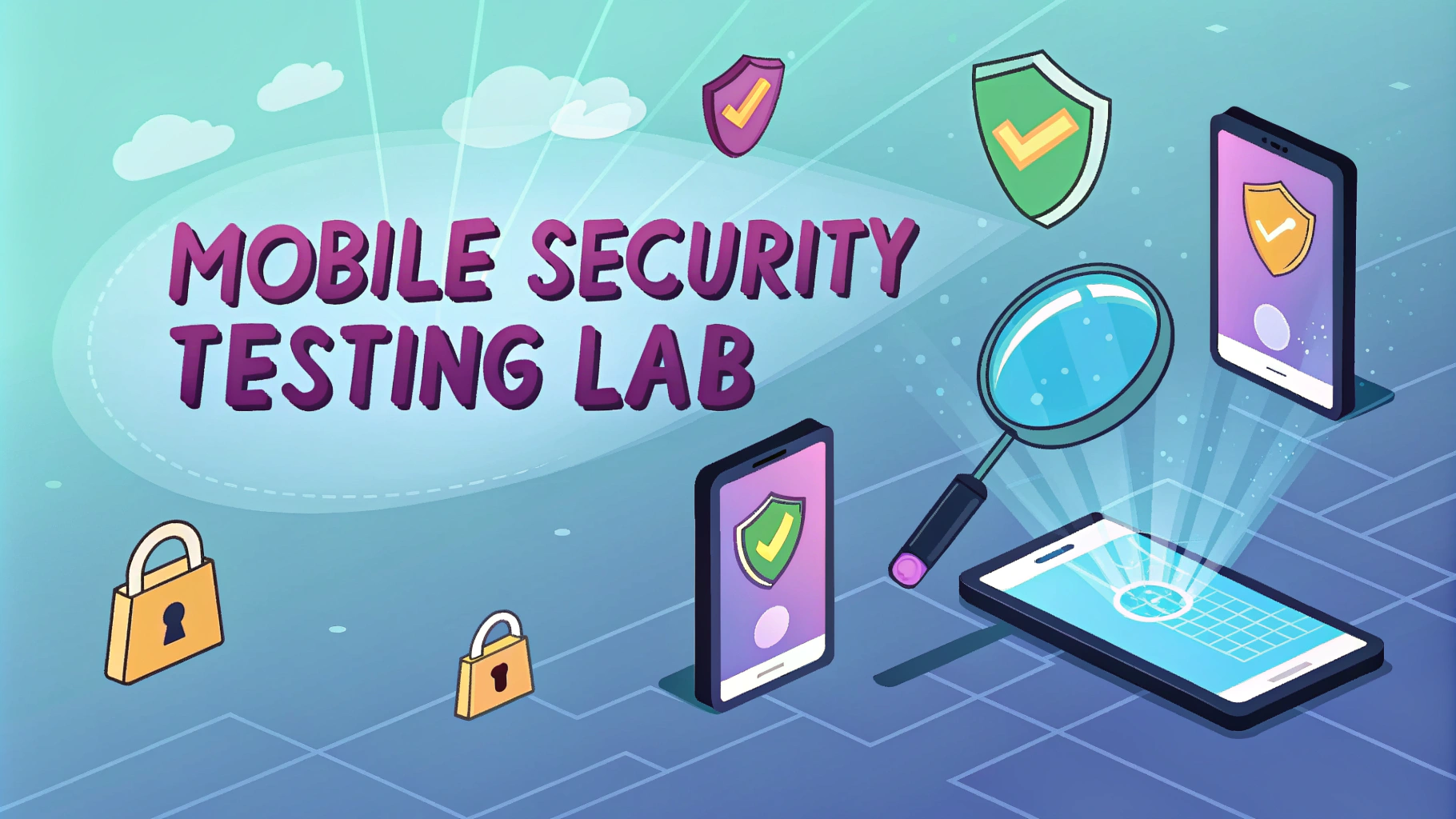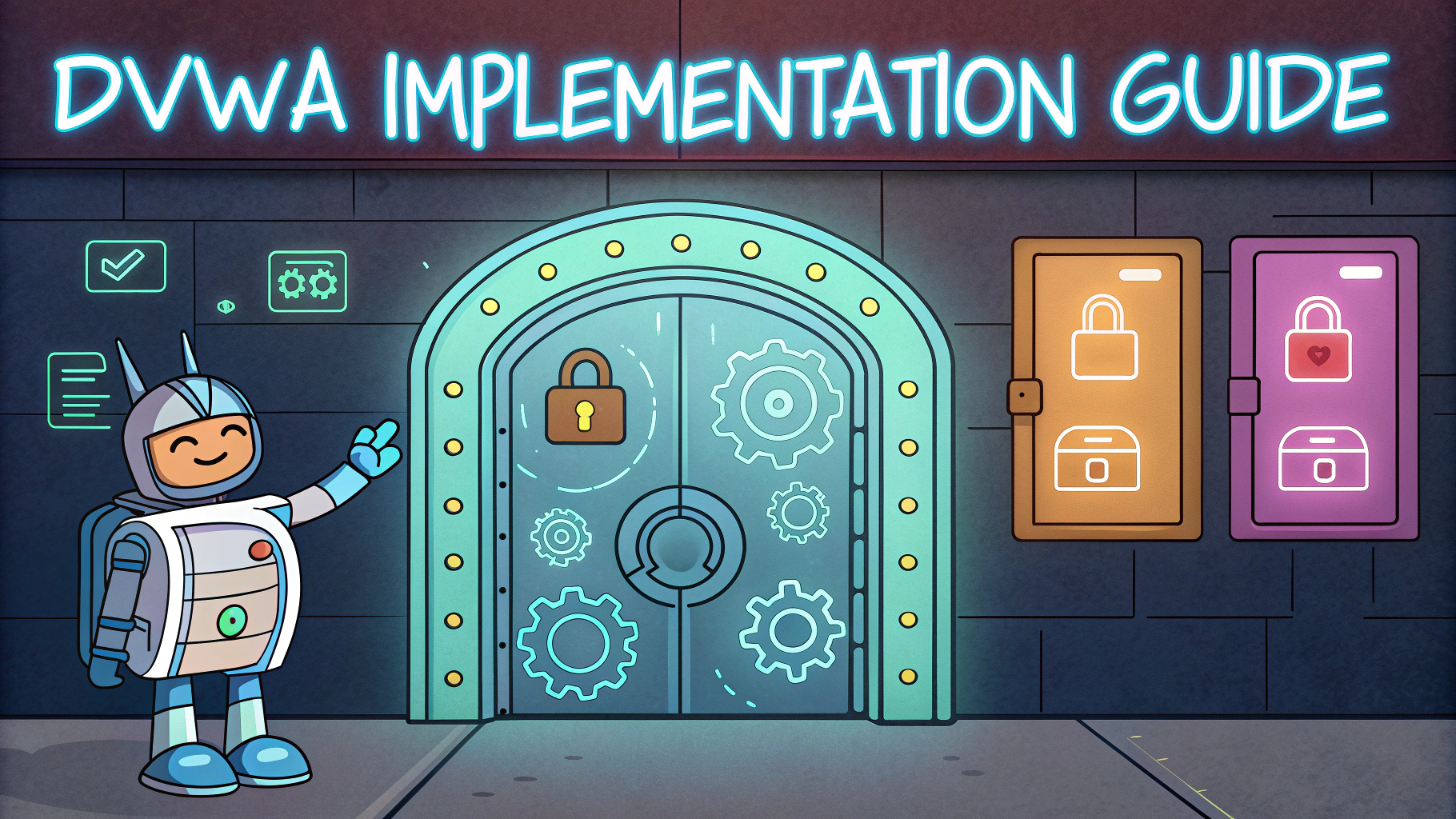Web security testing identifies vulnerabilities in websites and applications before malicious actors can exploit them.
Regular penetration testing helps organizations protect sensitive data, maintain compliance, and build trust with users.
This guide covers key web security testing approaches, tools, and best practices for both beginners and experienced security professionals.
Common Web Security Testing Types
- Black Box Testing – Testing without internal knowledge of the application
- White Box Testing – Testing with full access to source code and architecture
- Gray Box Testing – Testing with partial knowledge of internal workings
Essential Testing Areas
- Authentication & Session Management
- Input Validation & Sanitization
- Access Control
- API Security
- Data Encryption
- File Upload Security
Popular Testing Tools
| Tool | Purpose | Best For |
|---|---|---|
| OWASP ZAP | Web app scanner | Beginners |
| Burp Suite | Proxy & testing toolkit | Professional testers |
| Nmap | Network scanning | Infrastructure testing |
Step-by-Step Testing Process
- Reconnaissance – Gather information about the target
- Scanning – Identify potential vulnerabilities
- Access Attempts – Test discovered vulnerabilities
- Documentation – Record findings and create reports
- Remediation Planning – Develop fix recommendations
Common Web Vulnerabilities
- SQL Injection (SQLi)
- Cross-Site Scripting (XSS)
- Cross-Site Request Forgery (CSRF)
- Security Misconfigurations
- Broken Authentication
Best Practices
- Test regularly – at least quarterly for critical applications
- Use multiple testing tools for better coverage
- Follow ethical hacking guidelines and obtain proper authorization
- Keep detailed documentation of all tests
- Prioritize fixes based on risk levels
Resources for Learning
- OWASP Foundation – Free security tools and documentation
- PortSwigger Web Security Academy – Free training labs
- Hack The Box – Practice environments
Taking Action
Start with automated scanning tools like OWASP ZAP to identify basic vulnerabilities.
Join security communities and forums to learn from experienced penetration testers.
Consider obtaining certifications like CEH or OSCP to validate your skills.
Advanced Testing Techniques
- Fuzzing – Automated injection of invalid/random data
- Business Logic Testing – Validating application workflows
- Mobile API Testing – Securing mobile app endpoints
- Cloud Security Testing – Assessing cloud configurations
Compliance & Regulations
- PCI DSS for payment systems
- HIPAA for healthcare applications
- GDPR for European data protection
- SOC 2 for service organizations
Testing Documentation
Essential Report Components
- Executive Summary
- Vulnerability Details
- Risk Ratings
- Remediation Steps
- Technical Evidence
Building a Security Testing Program
- Define testing scope and objectives
- Create testing schedules
- Establish response procedures
- Implement continuous monitoring
- Review and update policies regularly
Securing Your Web Future
Implement a continuous security testing program integrated with your development lifecycle.
Stay updated with emerging threats and evolving security standards.
Foster a security-first culture within your organization to maintain robust web defenses.
FAQs
- What is penetration testing and why is it important for web security?
Penetration testing is a systematic process of probing for vulnerabilities in web applications and systems by simulating real-world attacks. It’s crucial for identifying security weaknesses before malicious hackers do, helping organizations protect sensitive data and maintain compliance with security standards. - What are the main types of web application penetration testing?
The main types include black box testing (no prior knowledge of the system), white box testing (full access to source code and architecture), and gray box testing (limited information). Each type serves different security assessment purposes and simulates different attack scenarios. - Which common vulnerabilities are typically identified during web penetration testing?
Common vulnerabilities include SQL injection, Cross-Site Scripting (XSS), Cross-Site Request Forgery (CSRF), broken authentication, sensitive data exposure, security misconfigurations, and insecure direct object references. - What tools are essential for conducting web penetration testing?
Essential tools include Burp Suite, OWASP ZAP, Nmap, Metasploit, Wireshark, SQLmap, and various web proxies. These tools help in scanning, mapping, and exploiting vulnerabilities in web applications. - How often should organizations conduct penetration testing?
Organizations should conduct penetration testing at least annually, after major infrastructure changes, following significant application updates, or when new compliance requirements arise. High-risk industries may require more frequent testing. - What is the difference between automated and manual penetration testing?
Automated testing uses tools to quickly scan for known vulnerabilities, while manual testing involves human expertise to identify complex vulnerabilities, analyze business logic flaws, and validate automated findings. Both approaches are complementary. - How does penetration testing relate to compliance requirements?
Many compliance standards like PCI DSS, HIPAA, and SOC 2 require regular penetration testing. It helps organizations demonstrate due diligence in protecting sensitive data and maintaining robust security controls. - What should be included in a penetration testing report?
A comprehensive penetration testing report should include an executive summary, detailed findings, risk ratings, technical details of vulnerabilities, proof of concept demonstrations, and specific remediation recommendations. - How does web application penetration testing differ from network penetration testing?
Web application testing focuses on application-layer vulnerabilities, user input validation, and business logic flaws, while network penetration testing examines network infrastructure, services, and system-level vulnerabilities. - What are the legal considerations for penetration testing?
Organizations must obtain proper authorization, define scope boundaries, avoid disrupting services, protect sensitive data discovered during testing, and ensure compliance with relevant laws and regulations in their jurisdiction.








